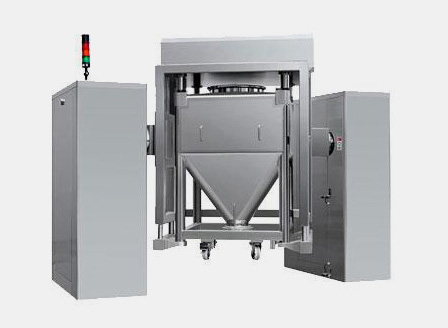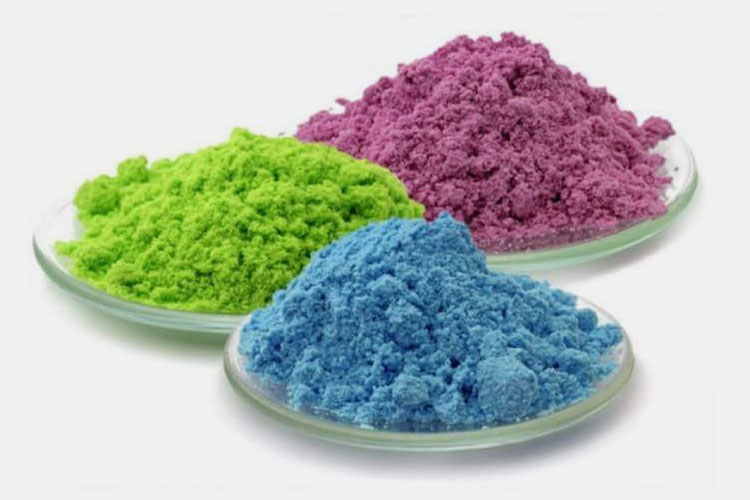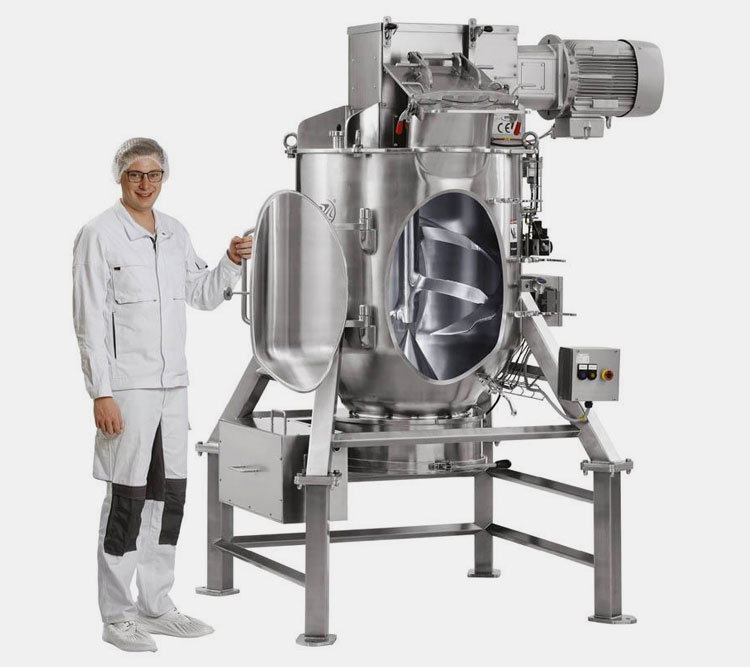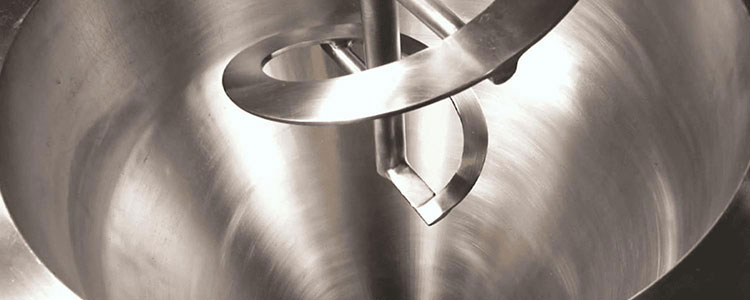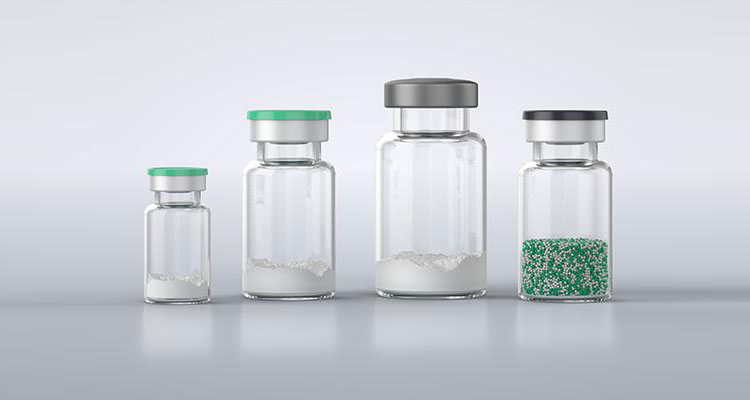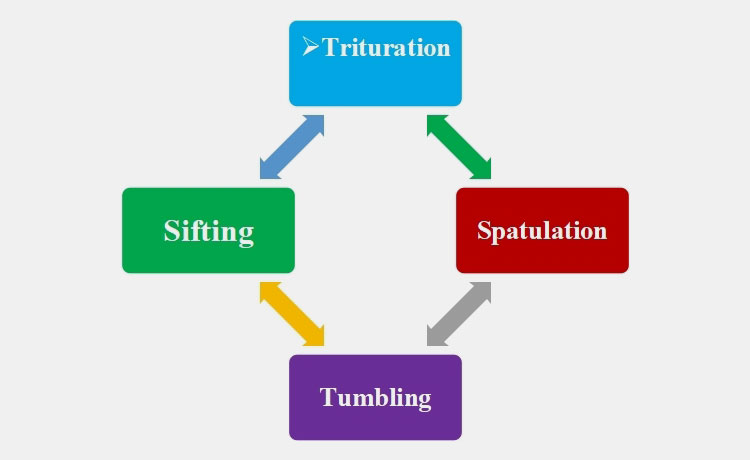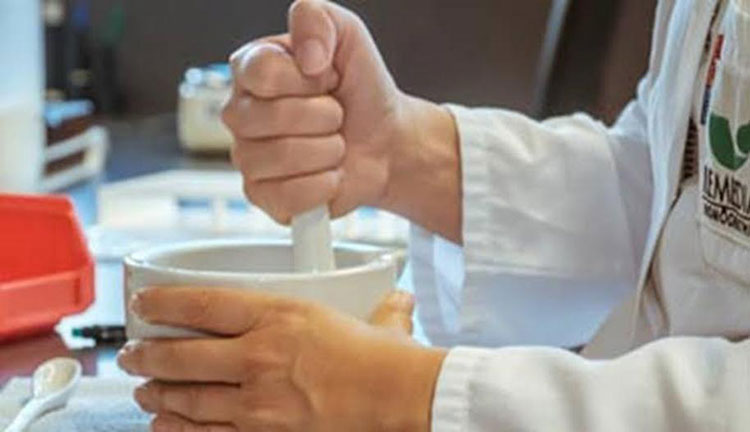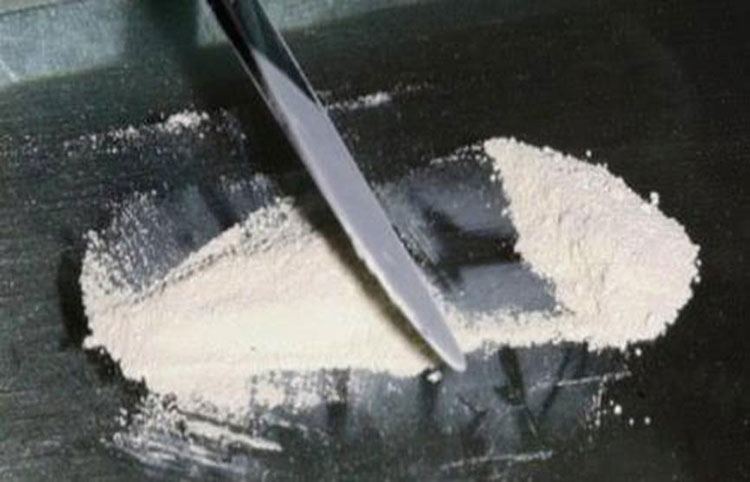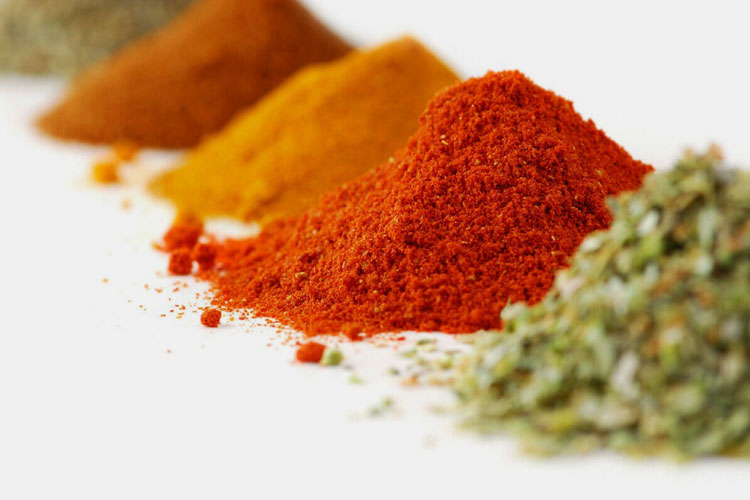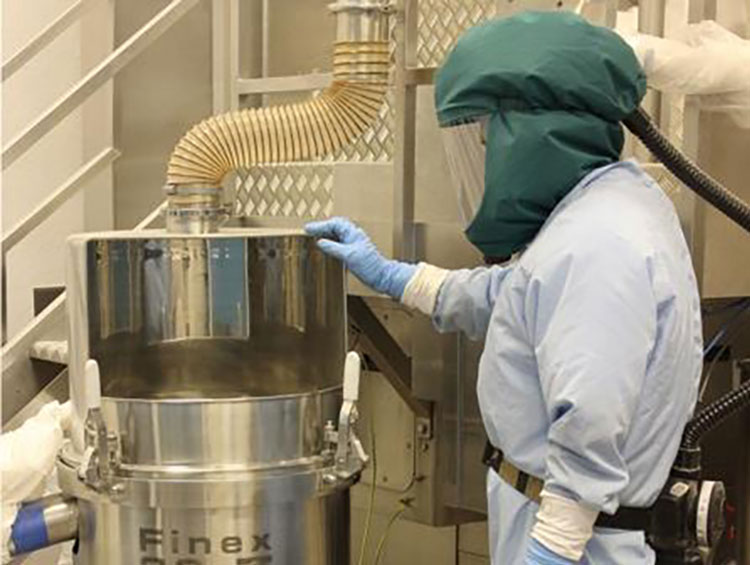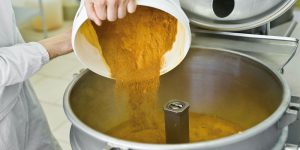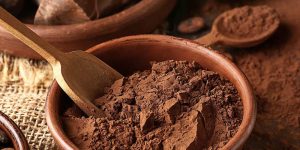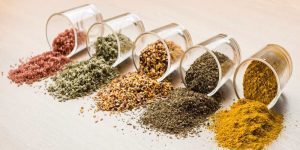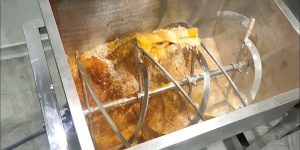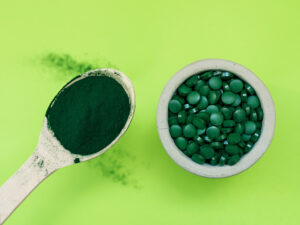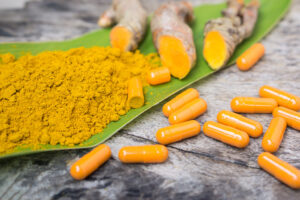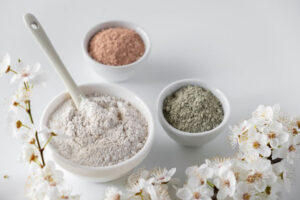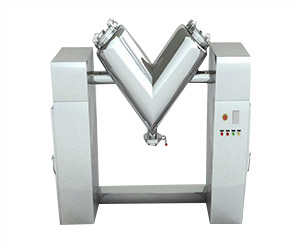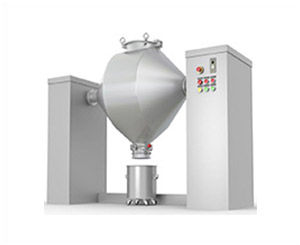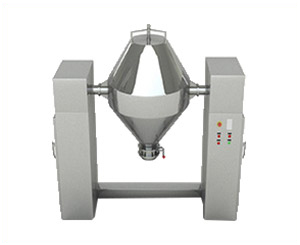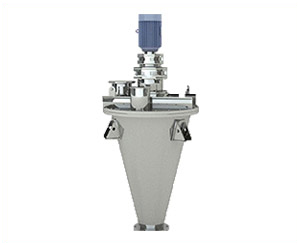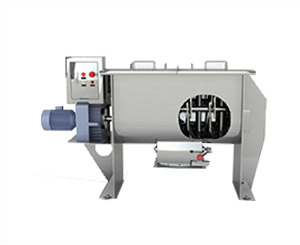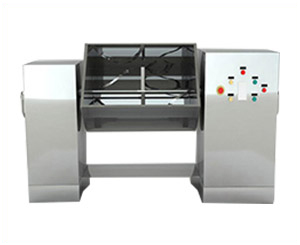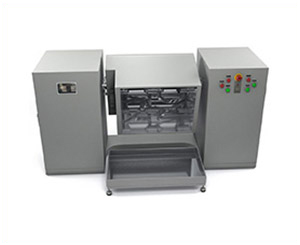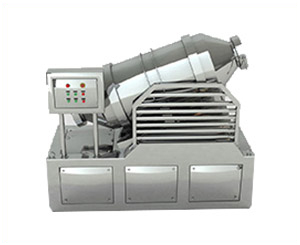Mechanisms Involved In Pharmaceutical Mixing Of Powder
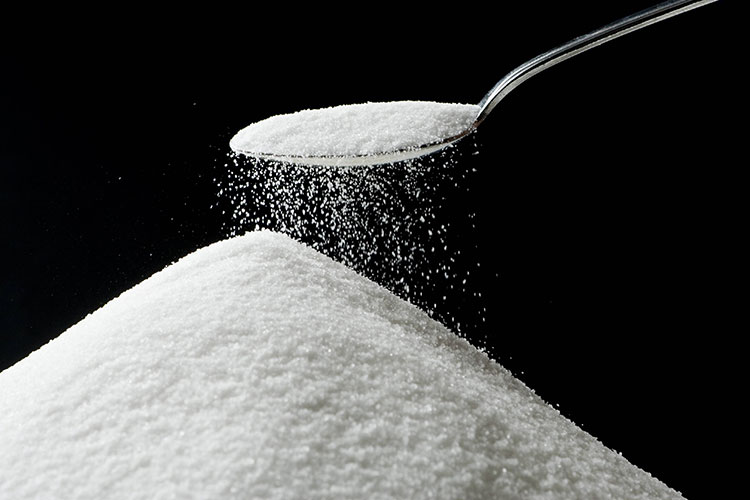
Mixing can be explained as a unit operation that involves more than two ingredients combined by a method using agitation, shear, or mixers. The process of pharmaceutical mixing is about the dissolution of powders and solids, blending of raw materials, formulating of minute emulsions, reduction of particle size, etc.
There are three important characteristics of the powder that assures its quality, its flow ability, its homogeneous nature, and the degree of mixed particles.
Let’s get into the article quickly to know about the mechanism involved in the pharmaceutical mixing of powder.
You’ll be able to understand:
1.What is Pharmaceutical Mixing of Powder?
A pharmaceutical mixing of powder can be explained as a unit operation that involves more than two ingredients amalgamated to result in equally spread particles, close to each other in powder bed.
Various ingredients are mixed for different unique pharmaceutical uses. Preparation of Powders is essential for formulating several dosage forms such as tablets, capsules, and even powders themselves are used intended upon their external or internal administration purpose.
The pharmaceutical mixing of powders is utilized nearly for many pharmaceutical preparation processes such as tablets, granules, capsules, suspensions, powder inhalers, bulk powders, pellets etc. Therefore, it is essential to make sure that Active Pharmaceutical Ingredient (API) and other additional components are mixed well to form a homogeneous mixture.
2.Mechanisms That Represent Different Types of Mixing
There are three types of mechanisms that can carry out the mixing process of pharmaceutical powders, these are:
- Convective Mixing
- Shear Mixing
- Diffusive Mixing
Convective Mixing
Convective mixing is also known as “Macromixing”, it engrosses transmitting a number of particles from a certain area of the powder bed to another area.
The convection process is taken over by the geometrical arrangement of the powder bed also incorporating the inclusion of elements such as oars and blades.
This type of mixing denotes Macromixing of powder particles and the rate is comparatively higher to get a consistent mix. However, a long time duration is needed so that all particles achieve a well-mixed state.
In other words, Convective Mixing can also be explained as the transposition of particles of powder with the help of blades and paddles, involving screw components.
Shear Mixing
Shear mixing is a phenomenon in which one layer of powder particles moves past another layer of powder particles, and the forces of attraction in between them are cut down so that layers do not coincide with each other and form segregation. Shear forces are thus known to decrease segregation.
The process of shear Mixing is carried out through particles of varying velocities formed in a rotary vessel or because of the compressive force of the powder bed. The rate of shear Mixing is moderate and develops a semi-microscopic mix.
Diffusive Mixing
It includes the random movement of particles inside the powder bed, therefore particles divert their ways relatively to each other. Diffusive mixing takes place at the surface of different regions. Dispersion is sometimes also mentioned as micro-mixing. The movement of particles to achieve random dispersion presumes that no other factor effects the dispersal. Many properties of the powders affect the approach to impermanence. Flow properties of powders ascertain the primary particles can be mixed.
When the powder is incorporated into a mixer, the volume of the powder bed increases, because of Convective and shear forces, that revolve around the powder in the mixer.
That’s why, the spaces between particles increases, allowing great potential for individual particles to mix freely. The rate of diffusive mixing is comparatively low, with Convective and shear mixing; although, it enables microscopic mixing. All types of mechanisms are included, except only one or two of them. The mechanism that predominates and the extent to which each happens will depend on the mixer type, mixing processing situations (mixer load, speed, etc.), and the flowability of the powder components.
3.Mechanisms Involved in Small-Scale Industries
Trituration
Through the use of a mortar and pestle, by directly rubbing or grinding the hard powder, the process of trituration is achieved. Pulverization and mixing can both be attained through trituration. Mortars and pestles can be categorized into two types:
Due to the rough surface of its inner surface, a Wedgewood mortar is used to pulverize and grind materials.
Simple mixing and dyeing are done in a glass mortar.
Spatulation
In spatulation, powders are combined in a mortar or on a pill tile (ointment slab) with a spatula. This method is utilized while mixing powders of similar densities and when small amounts are required. Particle size does not decrease during mixing in this method, so there is less possibility of loss during transfer. Spatulation is used when liquefaction among two solid particles is possible.
Tumbling
The act of tumbling can be explained as the process of vibrating or shaking powder in a closed container to mix it. Powders with considerable differences in density are analyzed using this method.
The mixing method does not reduce particle size or compact the particles. One-third to a one-half field of powder can be placed within a large-mouthed closed container or a zip-locked bag. Avoid sliding the powder mixture through the side of the container and allow it to freely flow in the air.
The homogeneity of large-scale mixing relies on the use of a mixer with the correct speed and the correct amount of time to mix. A homogeneous mixture is one in which all components are equally concentrated in any given region. A planetary bowl mixer, high-speed mixer, V blender, ribbon/trough mixer, and rotating drum mixer should be used, as they mix pharmaceutical powders with low shear rates.
Sifting
This method is used for mixing those substances that resist trituration. For e.g magnesium oxide and charcoal (substances that are light in weight) can easily be mixed by vibrating via a sieve. For this purpose, different standardized sieves are available with specified numbers.
Conclusion
There is no doubt, the mixing of powder is a fundamental mechanism behind every single product whether it is a tablet, capsule, syrup, or topical preparation. The pharmaceutical mixing of powder is best suited for free-flowing as well as non-free-flowing powders that ensure uniformity of active ingredient in the entire product. We hope you’ve found this article useful- For more discussion or queries; we suggest contacting us directly via sending a short message.
Don't forget to share this post!
Bin Mixer Related Posts
Bin Mixer Related Products
Bin Mixer Related Videos
CONTACT US
Tell us your raw material and project budget to get quotations within 24 hours.
WhatsApp Us: +86 189 7157 0951

Want the best price & newest pharmaceutical machinery buying guide,tips and trends sent straightly to your box?Sign up for Aipak’s monthly newsletter,we’re free for your consultation and Offer you the most suitable solutions!
The Buyer's Guide
- Capsule Filling Buyer's Guide
- Blister Packaging Buyer's Guide
- Tablet Counting Buyer's Guide
- Tube Filling Buyer's Guide
- Cartoning Buyer's Guide
- Gummy Making Buyer's Guide
- CO2 Extraction Buyer's Guide
- Empty Capsules Buyer's Guide
- Suppository Filling Buyer's Guide
- Tablet Coating Buyer's Guide
- Tablet Press Buyer's Guide
- Softgel Encapsulation Buyer's Guide
Most Popular
- 7 Importance Of Pharmaceutical Packaging In Different Applications You Must Know
- 6 Advantages You Must Know About Tablet Counting Machine
- 8 Advantages of Blister Packaging You Must Know
- 6 Critical Applications of Automatic Capsule Filling Machine
- 6 Stations You must Know to Improve the Filling Quality of Automatic Capsule Filling Machine
